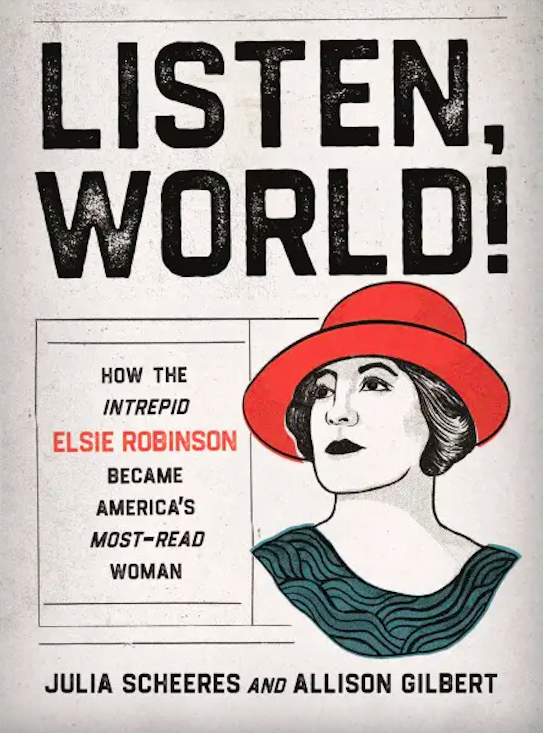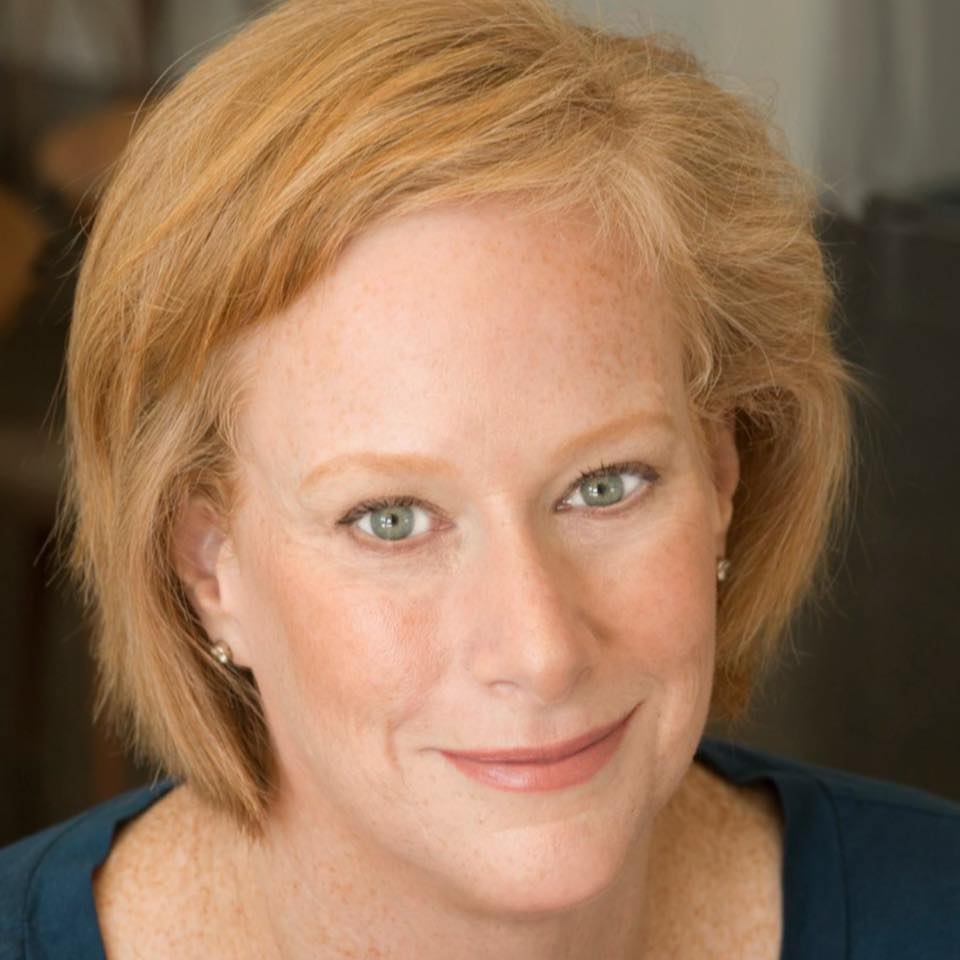A compelling biography bangs straight out of the gate with a dynamic central character—most often a modern-day maverick or a buccaneer of a bygone era. Impeccable research and interviews with key players or the subjects themselves establish credibility. The biographer’s writing flair is imperative, but must never outperform the voice and gritty or glossy veneer of the story’s leading star. It’s storytelling in which we know the end game—death if it’s a figure drawn from history, or “more to come” from a person still living—but that need not lessen the drama.
The best biographies leave the reader with avenues to learn more about a person or time period or topic. Photographs, artwork, images of archival records such as documents or artifacts, and writing excerpts, quotes, or photos of material objects add visual pleasure and aesthetic rewards to reading about someone’s life and legacy.

By all counts, Julia Scheeres and Allison Gilbert score well in their new biography, Listen World! How the Intrepid Elsie Robinson Became America’s Most-Read Woman (Seal Press, $30). Scheeres lives in Northern California and is the author of the New York Times–bestselling memoir Jesus Land. New York City-based Gilbert is an award-winning journalist and author of Passed and Present and Parentless Parents, among others. Based on 11 years of reporting and a process of discovery that they note required Robinson’s non-digitized, non-Google-able body of work to be “exhumed” from microfilm and library offsite storage facilities, the biography is a remarkable investigative achievement. Plus, it’s a fascinating read about a feminist who, well ahead of her time, pitched and promoted ideas about societal and gender inequities that are as applicable today as they were when she penned or spoke them 100 years ago.
Elsie Robinson was born in 1883 and grew up in Benicia during the California Gold Rush. She was a rebellious, outspoken teenager who, after family misfortune denied her the means to attend college, went on to marry—and later, divorce—a rich Vermont widower. Along her way to becoming a writer, journalist, and illustrator whose Hearst syndicated newspaper column, Listen World!, ran for 15 years, she initiated Aunt Elsie’s Magazine, an illustrated children’s section of the Oakland Tribune that inspired “Aunt Elsie” clubs nationwide. She penned two popular adult advice columns for the Trib that made her the most-read female columnist of her time.
While in the process of divorcing her husband, she moved back to California Gold Country and mucked, panned, timbered, and shoveled stone in a gold mine while raising her son, who suffered severe chronic asthma and died at age 21. Robinson found her groove outside of the workplaces in equally astonishing ways: creating children’s picture books with a man who was not her husband and ignoring rumors of their alliance; befriending a Black woman and forming deep bonds during an era when blatant racism discouraged such relationships; and more. In these and many other ways, Robinson announced to the world a feminist manifesto that defied all expectations. Having gained over 20 million readers for her Listen World! column alone, it’s fair to say the world in the 1930s, ’40s, and until her death in 1956, was paying attention.
And then … history completely forgot about Elsie Robinson. In school curricula, lists of America’s great women writers, tributes to feminist thought-leaders, compilations of early 20th century editorial cartoons and newspapers columns, and biographies about her boss, media titan William Randolph Hearst, Robinson’s name is not found.
That makes this contribution of Scheeres and Gilbert to the historical canon of influential women journalists and writers not only important, but riveting. How could Robinson’s unflinching, acerbic style and clever perspectives not be an inspiration to readers young and old alike? How is it possible to avoid celebrating the “autopsy” she performs when writing about gender inequities in social circles, low academic expectations for girls and women, workplace bias, racism, classism, the emotional strain and financial disadvantages of single parenting, and other topics?


A few highlights illustrate the point. Robinson’s insightful, blunt self-evaluations that one time led her to write, “I wasn’t an orthodox young woman. I wasn’t even a popular one … Such was the toll of the unfeminine courage and curiosity my father had bred into me.” Robinson said other girls “thought me queer.” She thought they were silly, and recognized she “had no place in their picture,” unless she was married.
Another example comes from Robinson’s 1934 memoir I Wanted Out! She describes in seven-plus paragraphs the horrific chore of getting dressed during an era when corsets prevailed. “Underdrawers” were “invincible garments that, at a pinch, could have served nicely for roofing.” The dreaded, whale-boned corset was worse: “armored like a war tank, reaching from armpit nearly to knee, to be laced until your tonsils cracked.” She wonders what became of her insides under such pressure and fumes about a flouncy over-corset that “made up for nature’s deficiencies” when bust size dropped below 28. Frilly petticoats, shrink-wrap type stockings, stiff multilayered skirts and the ever-queerness of a bustle add to the indignity and labor involved. It’s all delivered in Robinsons’s signature, swarthy-meets-silly tone and is worth several readings, for studying the craft with which the passage is written or simply for the fun of a second laugh.
These are but a few of the wonderful excerpts of Robinson’s writing that are presented with careful curation by the authors. Many of the others works quoted are firm or serious in tone. These carry believable angst or high emotion and expressivity, as in her writing about finding comradeship during some of the most challenging times of her life, experiencing the blistering exhaustion of caring for a chronically ill child, or feeling “blank and dead” after betrayals or the deaths of loved ones.
On a final note, a thank you: The authors state their intention to establish Elsie Robinson in the annals of history and make it easier for future generations to learn about her legacy. They have established a website where more of her work can be explored. Thank you for that. And thank you, Elsie Robinson, for laying the groundwork for generations of feminists to come.
Buy Listen World! here.






